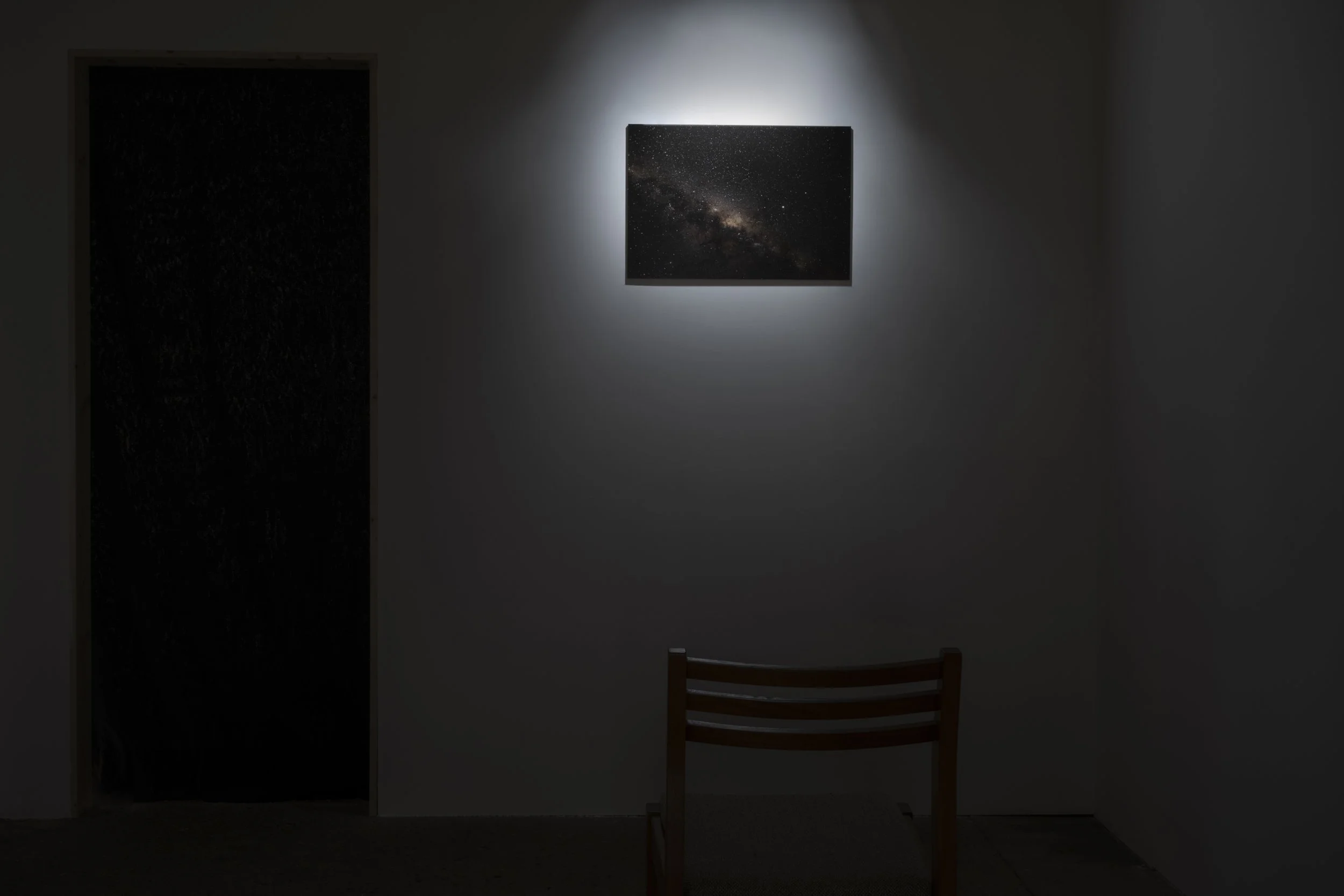This film was made in collaboration with John Hooper, under our Collective name, Pale Blue Dot Collective. It incorporates my two longterm views of the night sky. Firstly from Aotearoa New Zealand where I lived until the age of 16 and secondly from London where I lived for 16 years. The first image is from the Mackenzie Country in Aotearoa New Zealand, and the second image was taken in Elephant and Castle, in London.
It’s hard to imagine not knowing that Earth isn’t the centre of the universe, or that there aren’t other galaxies. It has taken thousands of years of knowledge building to begin to understand the size of our universe, or the amount of stars, galaxies and planets that we share it with.
I grew up under an immensely starry night sky. Every time I saw the Milky Way, I was electrified inside with the ideas of the vastness of the universe, and the infinite possibilities that might exist. Under that starlight, I really felt like we were collectively looking outwards, trying to unpick the mysteries of the universe and basking in its magnificence. It was clear that I was standing on an oasis of life, looking into the uninhabitable darkness. I was part of something bigger than my immediate environment. I have felt the change in my view as a significant loss.
When most people talk about seeing the Milky Way - they are referring to the ‘core’ of the Milky Way. It is not only down to air and light pollution that the view from the Northern and Southern Hemispheres are different. The central band of the Milky Way is directly overhead in the Southern Hemisphere, but in the Northern hemisphere it stays lower down towards the horizon, which makes the stars less visible. It will take roughly 125,000 years for our solar system to rotate around the centre of the Milky Way to begin to see a similar sky in the Northern Hemisphere.
I am interested in how we lose our cosmic perspective of the incomprehensible value of nature, when we lose our cosmic view. Based on observations from the Suomi NPP satellite, a third of humankind cannot see the Milky Way. We are creating ever more light pollution that disguises our view each year.
It has been suggested that the biological world is organised largely by light. The way that the Earth rotates creates a regular cycle of day and night, and it’s orbital motion and tilt of its axis causes seasonal changes. Along with local weather systems and the lunar cycle, these light conditions have been consistent for immense periods of geological time. Flora and fauna have relied on these environmental cues for ecological processes and our artificial lighting is having a devastating impact.
It is impacting migration patterns, wake-sleep habits, and habitat formation. The same light attracts and kills huge swathes of insects and disorientates birds. It is not only land based life forms that are being affected; coastal and ship lights are altering marine eco systems.
I wanted to draw a meaningful connection between each person on Earth, and the destruction of our Environment. Living in light polluted cities, it is very easy to forget to look up. It is even easier to forget that we are on a planet, that is a single, fragile, eco system.

































